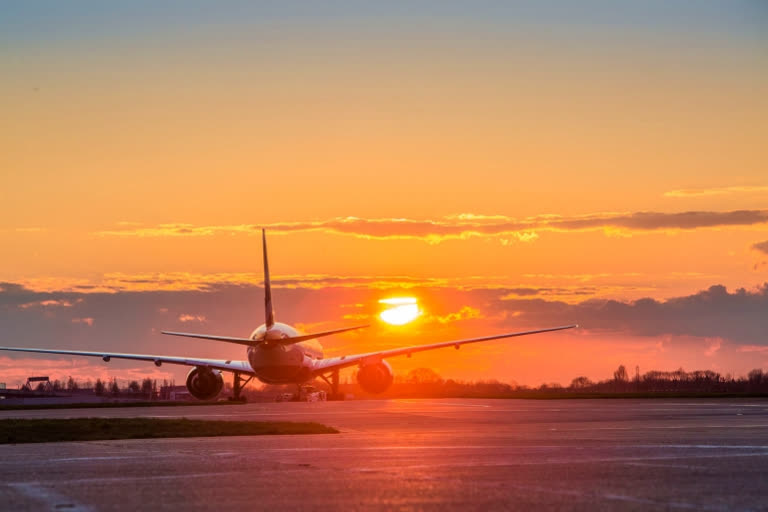New Delhi: Number of 'ghost flights' having zero occupancy and below 10 percent occupancy is pegged at around 40,000, according to an investigation carried out by the Guardian. into the data from the Civil Aviation Authority (CAA). The data showed 5,000 completely empty passenger flights have flown to or from UK airports since 2019 and further 35,000 commercial flights have operated almost empty since 2019, with fewer than 10% of seats filled.
The monthly average of 1,200 almost empty ghost flights were being reported since the start of 2020 and it compounded phenomenally due to the Covid pandemic. About 80 percent of the ghost flights counted in the data were to or from foreign destinations.
Eight airports, among the busiest in the UK, accounted for about two-thirds of the almost empty flights since 2019, led by Heathrow (10,467), Manchester (3,309), Gatwick (2,766) and Stansted (2,197). Edinburgh and Glasgow both had more than 1,500 almost empty flights, the report said.
The UK media which had pored into the data said the present data counted international and domestic flights within the UK whereas until now the CAA was publishing only the data pertaining to the international traffic. It said the CAA will publish this data quarterly as a result of its series of FoI (Freedom of Information Act — which is a UK equivalent of our Right to Information Act).
"All the flights in the CAA data are commercial passenger flights and air crew training flights are not included," the report said and added, "There were thousands of ghost flights to oil rigs but these were not included in the analysis".
Why airlines operate ghost flights?
As per the report, only airlines will know the reasons which they do not make it public. One. It may be run to fulfil “use-it-or-lose-it” airport slot rules, which was kept in abeyance during the pandemic. Airlines point to but not limited to Covid repatriation flights or the repositioning of aircraft as reasons.
In one quarter, for example, 62 empty planes left Luton airport for Poland, while in another, Heathrow saw 663 almost empty flights going to and from the US. Both quarters were during the Covid-19 pandemic. The data showed an average of 130 completely empty flights a month since 2019.
The frequency was at a similar level before, during and after pandemic travel restrictions, with the second highest level in the second quarter of 2022. This meant the reason the airlines chose to fly empty planes was not related to the pandemic.
According to the report, half of the empty flights were within the UK and the top seven airports accounted for two-thirds of the total, led by Birmingham with 1,455, Luton (1,307) and Bristol (758). The number of empty flights did not correlate with the total number of flights at each airport, suggesting they may reflect issues on specific routes, it concluded.



